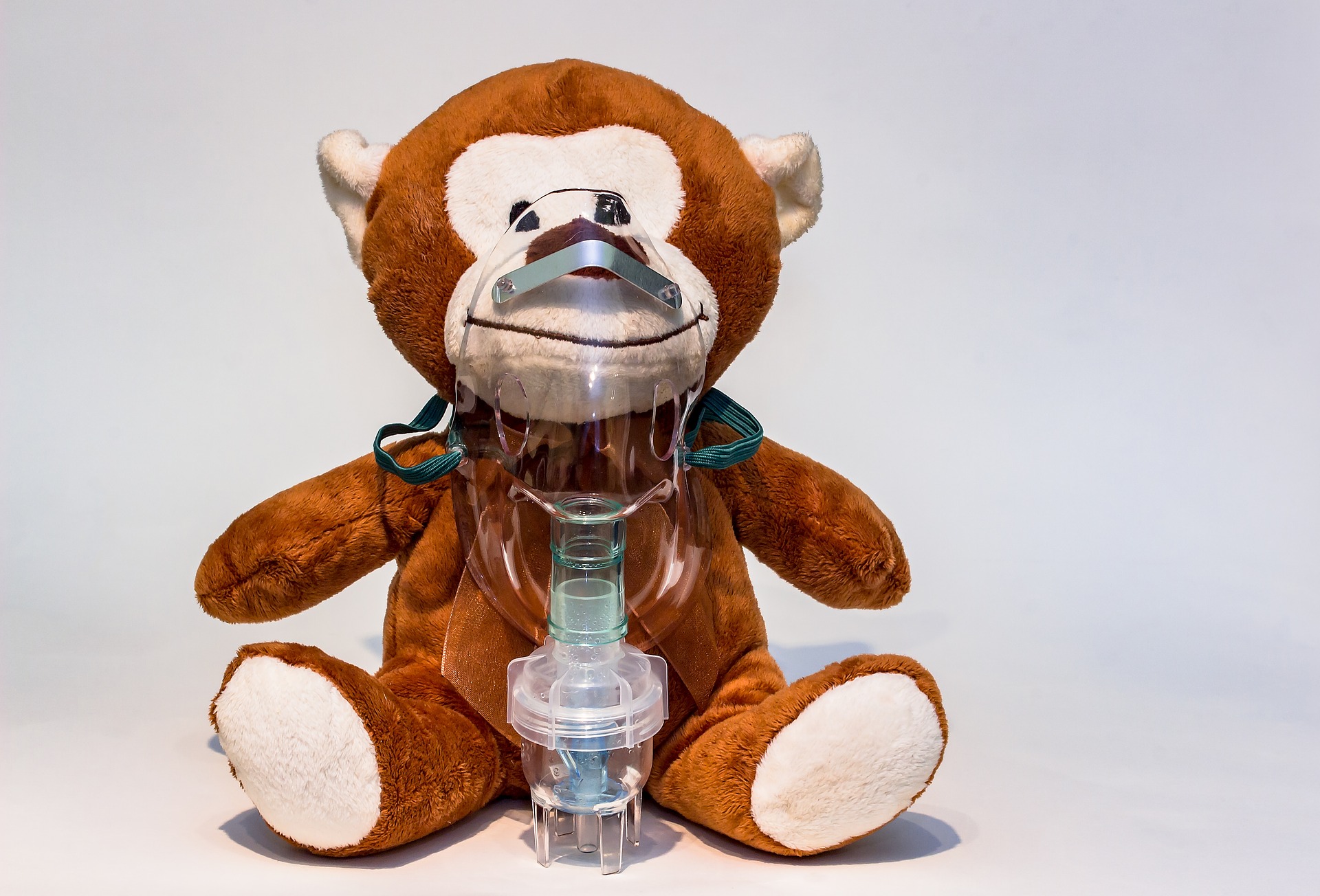
Dental Sedation
For dental treatments sedation can be given in one of three ways: Intravenous sedation (IV), Oral sedation or by Inhalation.
IV Sedation – this will be used by oral surgeons and dentists who have
specialised training and certification. For this type of sedation,
medications are administered directly into the bloodstream through and
IV. Intravenous sedation provides a state of deep relaxation, you remain
awake throughout the whole procedure however, you may not remember much
or anything once the medication wears off.
Orally administered sedation – in this sedation a pill or liquid form of
medication is taken. Although patients remain conscious, many relax so
deeply that they fall asleep. Some degree of amnesia is common during
this sedation also.
Inhalation sedation – this is the most frequently used sedation method
in dentistry. Nitrous oxide and oxygen mixed together is breathed
through a nosepiece. Most people will fall asleep during this sedation
and experience some level of amnesia about what happened during their
dental appointment.
During all types of sedation, the patient will always remain conscious
as mentioned a few times above. However, sleepiness and amnesia are
extremely common due to the dosage of the drugs used. One of the good
things about sedation is that you are still able to respond to your
dentists requests and questions. Some types of sedation take effect
quickly and can be adjusted to suit your specific needs.
For patients who suffer from dental phobia or are anxious about
receiving dental treatment, dental sedation may help in ensuring
patients are able to go through with their dental treatment required.
Ian, the Mosman dentist. Dentist Mosman.
image:pixabay







